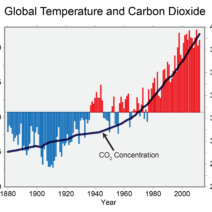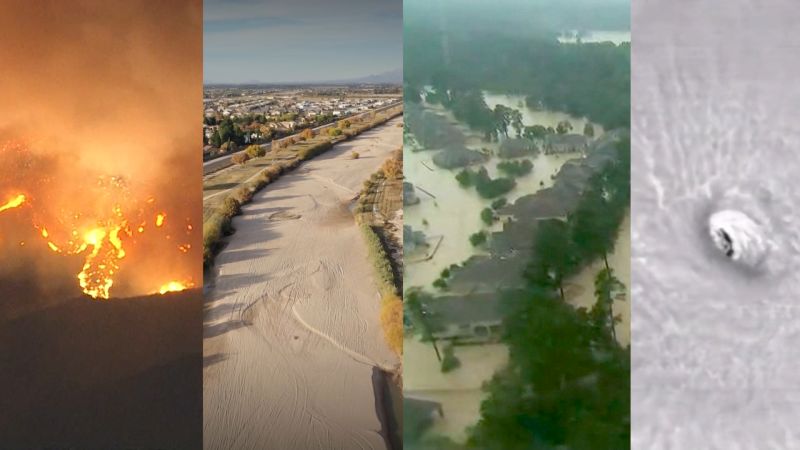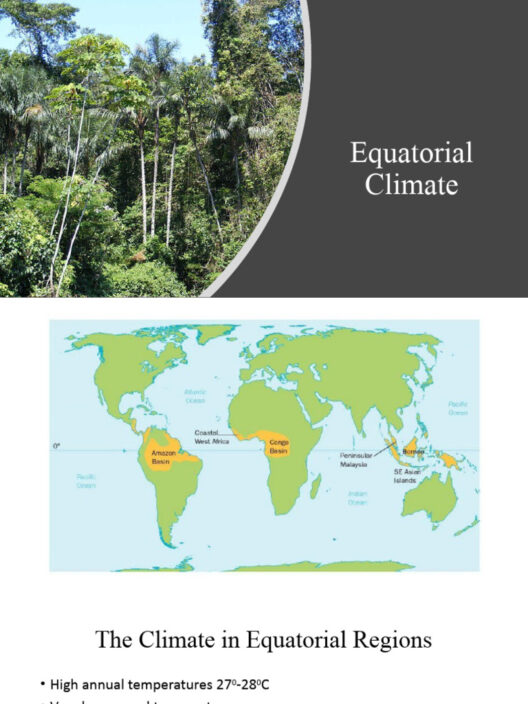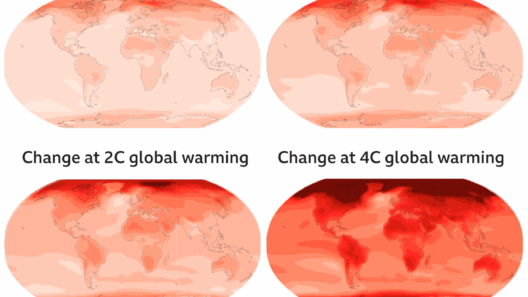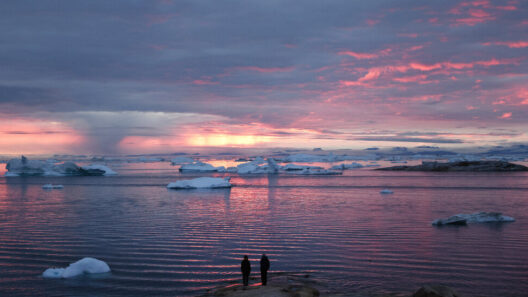Global warming, a pressing concern of contemporary society, has far-reaching implications for both weather patterns and overall climate systems. By examining how this phenomenon alters atmospheric conditions, we can gain insights into the unpredictable nature of our environment. So, as we ponder the complexities of our climate, consider this playful question: can we ever fully predict the whims of Mother Nature in a warming world? This introduces a potential challenge—navigating the uncertainty embedded in our climate models and forecasts.
At its core, global warming refers to the sustained increase in Earth’s average surface temperature, primarily due to the escalation of greenhouse gases such as carbon dioxide and methane in the atmosphere. This augmentation of greenhouse gases is predominantly the result of human activities, such as burning fossil fuels, deforestation, and industrial processes. As these gases accumulate, they trap heat, leading to a cascade of environmental changes and exerting profound effects on weather and climate systems.
The interplay between global warming and weather events can be intricate and multifaceted. Weather pertains to the short-term atmospheric conditions in a specific region, whereas climate refers to the long-term average of these conditions over extended periods. Despite their differences, changes in climate can significantly influence weather patterns. For instance, as our planet warms, we are witnessing a marked increase in the frequency and intensity of extreme weather events, including hurricanes, droughts, heatwaves, and heavy rainfall.
One of the most vivid examples can be seen in the rising frequency of hurricanes. Warmer ocean temperatures provide additional energy for these storms. Consequently, meteorologists are observing that not only are storms becoming more frequent, but they are also intensifying more rapidly than in previous decades. The destructive force of hurricanes wreaks havoc on communities, leading to extensive damage, loss of life, and economic hardship.
Similarly, the phenomenon of drought exhibits a complex relationship with rising temperatures. Already arid regions may become even drier, causing significant water scarcity and affecting agricultural productivity. As temperatures rise, the rate of evaporation increases, which can exacerbate terrestrial moisture deficits. These conditions challenge farmers who rely on consistent weather patterns for crop growth and can lead to food insecurity for vulnerable populations. This interplay poses a pressing question: how do we adapt our agricultural practices to maintain food security in an increasingly unpredictable climate?
Moreover, heavy rainfall and flooding represent another alarming consequence of global warming. Higher temperatures can lead to greater evaporation rates, ultimately increasing atmospheric moisture content. This surplus of moisture can result in intense rainfall, overwhelming natural drainage systems and leading to catastrophic flooding events. Cities have begun to experience the repercussions of this change, with infrastructure strained beyond capacity during episodes of torrential downpours. Thus, a challenge emerges: how can urban planners incorporate resilience into infrastructures to combat the disruptive effects of heavy rainfall?
The implications of climate change extend beyond mere weather events; they also encompass broader climatic shifts. For instance, the shifting behavior of seasons is a notable repercussion of global warming. Some regions may experience earlier springs or delayed autumns, ultimately affecting the life cycles of flora and fauna. These temporal discrepancies can disrupt ecosystems and lead to mismatches in food availability for various species. Consequently, this raises an intriguing question: what can be done to mitigate the ecological disruptions caused by these shifting seasons?
As the climate changes, oceanic patterns are also undergoing transformation. The phenomenon known as El Niño and its counterpart La Niña, characterized by periodic shifts in ocean temperatures in the Pacific, can be significantly influenced by global warming. These patterns not only affect weather patterns globally but also contribute to long-term climatic variability, leading to potential challenges in predicting future states of the climate. This reveals a crucial question: how can we improve our understanding of ocean-atmosphere interactions to enhance predictive models?
Another critical aspect of understanding the unpredictable nature of global warming is its impact on biodiversity. As temperatures rise, many species struggle to adapt, leading to shifts in habitats and increased extinction rates. Some species may be forced to migrate to cooler regions, while others may find it challenging to cope with rapid environmental changes. This presents a substantial challenge for conservationists: how can we implement effective strategies to protect vulnerable species amidst a rapidly changing climate?
While the challenges posed by global warming and its impact on weather and climate are daunting, there remains hope in our capacity for innovation and adaptability. Mitigation efforts such as transitioning to renewable energy sources, enhancing energy efficiency, and promoting sustainable agricultural practices can contribute significantly to reducing greenhouse gas emissions. Additionally, investing in climate resilience strategies, such as developing early warning systems for natural disasters and enhancing infrastructure to withstand extreme weather events, will be essential in navigating the unpredictable terrain of our changing climate.
In conclusion, understanding how global warming affects weather and climate is multifaceted, with implications that resonate across various sectors and ecosystems. The whimsical question of whether we can ever truly predict Mother Nature’s behavior highlights the intricate challenge we face as a society. Yet, through awareness, adaptive strategies, and collective action, we can strive toward a more resilient future, mitigating the adverse effects of climate change while safeguarding our planet for generations to come.
